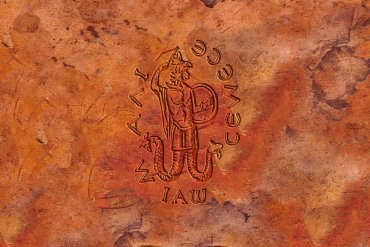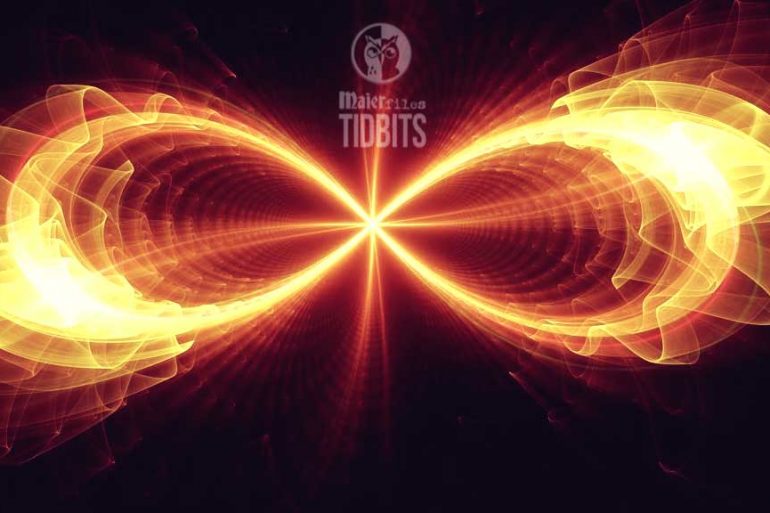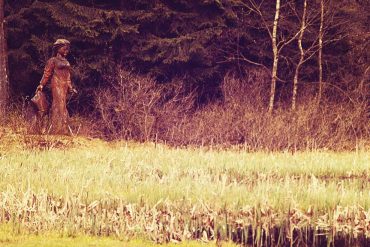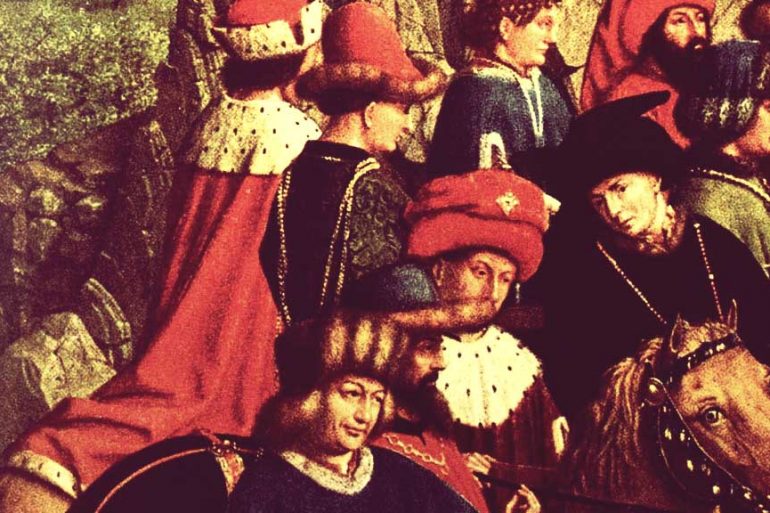Carl Jung had written extensively on Abraxas. In his 1916 book called The Seven Sermons to the Dead, Jung called Abraxas a God higher than the Christian God and Devil that combines all opposites into one Being. Abraxas was a polymorphous world spirit which permeates — or even encompass — the very fabric of existence. Abraxas is … a thousand-armed polyp, coiled knot of winged serpents … the hermaphrodite of the earliest beginning … the...
Apollo, the Bearer of Light, patron of poets and travellers, would never abandon his own in distress. He himself had become an outlaw, even seen as the Devil. But as he was not the Devil, he watched over, in accordance with the celestial laws, the forests and the routes. On the bridle of his charger, he left his carbuncle shining like the sun. When one of his minstrels died, he carried him above the clouds...
The Hidden Wisdom in Arthur’s Grail – In the Celtic sources that are the assumed origin of the Arthurian legends, we are told that the Grail is a cauldron, a symbol both of fertility and immortality. The cauldron was a powerful religious icon of its day. As mentioned earlier in another post, it brought forth marvellous and magical feasts, revitalizing and resurrecting great and powerful armies. According to Gardiner, as he wrote in his book the Serpent Grail, it was […]...
Like in all ancient Norse myths codes and messages are hidden within. Mainstream scholars like us to believe that these myths are just simple stories to entertain or to describe natural phenomena our dumb forefathers were too ignorant to understand. But these tales are like riddles and intellectual challenges to be solved and contain real wisdom and knowledge. Ms. Jessie L. Weston, after more than thirty years of study, wrote a little book entitled From...
It’s almost Walpurgisnacht, no better moment to have a closer look at our witches or Hexen. Where did this cruel hatred against women and the ancient pre-christian sanctuaries start? When Pope Innocent VIII (1484–92) professed his belief in witchcraft, he condemned it, and dispatched inquisitors to Germany to try its supposed practitioners and punish them unimpeded. Singling out Mainz, Cologne, Trier, Salzburg, and Bremen, the papal bull declared that “some parts of Northern Germany” were...
Holle the goddesses and Yule. Frau Holle is connected to springs, wells and lakes, where she lives in a land on the bottom of the water. She is also connected with the fog. Holle can be seen as a bright shape drifting in the fog, and her fog maidens are “die Hollen”, who move over the land to come to the aid of women and children. Yule is a twelve day holiday, it begins on Mōdraniht “Mothers Night” (December 21st) and ends […]...
Hella, Hel, known to all Germanic peoples, including the Goths as Hellarunester. A Gothic word for “witch” was Haljoruna. The name itself stems from a root meaning “to hide”. The word Hellirunar describes people who ‘rune’ (Speak, sing, whisper) with Hel/Helja, the goddess and realm of the underworld. “Hell”, in its original meaning is the hidden realm, the dark and foggy place where the dead and unborn dwell. Often the term is used in a...
Tidbits on the tale of Frau Holle’s kitzen. There is a mountain in Hessen, Germany called the Meissner where one still can find traces of the central German goddess Holle, Holda or Helja. It’s a place where her cult seems to have survived for a long time. There are roads going to the mountaintop and there are many hiking paths. Close to the top is the Frau Holle Teich, a small lake fed by mountain...
The iconography of The Ghent Altarpiece has since a long time fascinated researchers. When it was finished in 1432, the work of art became instantly the most famous in Europe. It was the first real oil painting. Oil had been utilized to tie shades to artistic creations since the Middle Ages, however Jan van Eyck was the first to exhibit the genuine capability of oils, which permit far greater subtlety and detail than largely-opaque egg-based tempera paint, which was preferred […]...
Grimm writes that the Hörselberg of Thuringia was still considered in the 10th through 14th centuries to be the residence of the German goddess Holda and her host. He cited legends of night-women in the service of dame Holda. Those women rove through the air on appointed nights, mounted on beasts. He asserted that they were originally dæmonic elvish beings, who appeared in woman’s shape and did men kindnesses. Grimm asserted that the identity of...
Laurin ‘s marvels. Are you worthy to enter the Rosengarten? King Laurin ’s greatest marvel is his understanding of day and night, which is also that of life and death. Oh, how we would like to possess that knowledge! It is in these terms that men lament, but they need not. As one can always ascend to Laurin ’s marvellous kingdom. In spite of the silk threads which protect it. Still, one must be a...
The attentive reader of the first episodes of Maier files will have noticed that the tale once told by Rolf Dietrich and the history of Otto Maier are filled with powerful themes and images that might provide a clue to the real hidden mystery, among them: the Rose Trail (Troj de Reses), web of woven silk, the knights in the line of Dietrich von Bern, the enchanted windmill, fiancée of the Month of May, the land beyond the North, Parzival […]...













